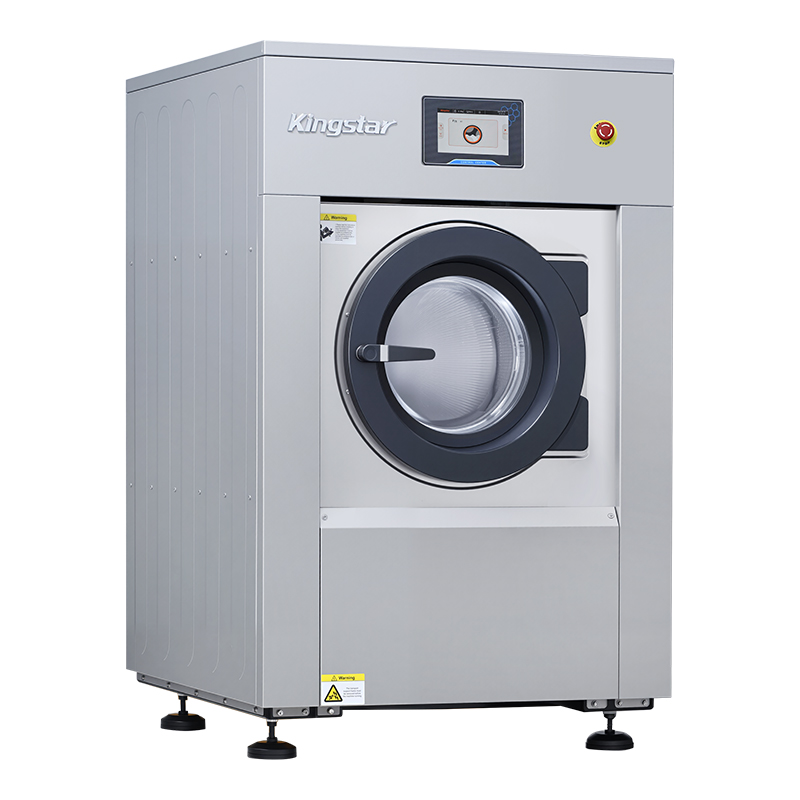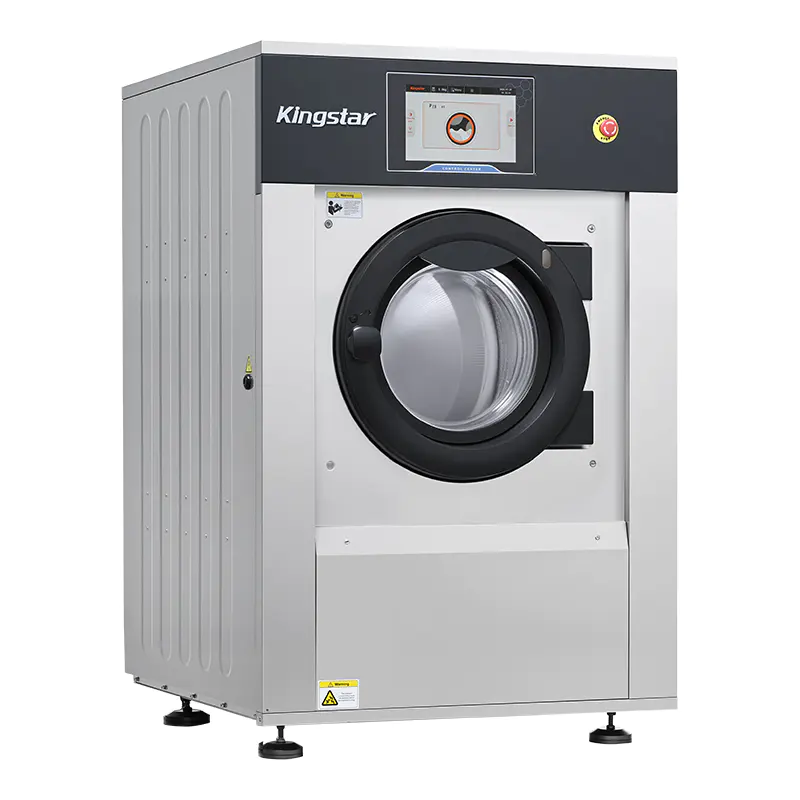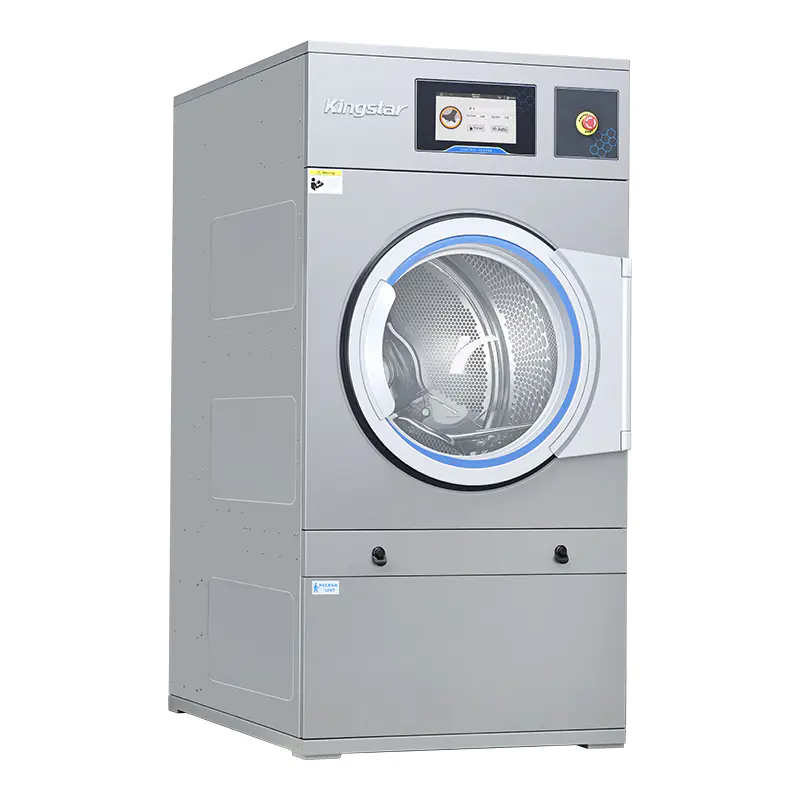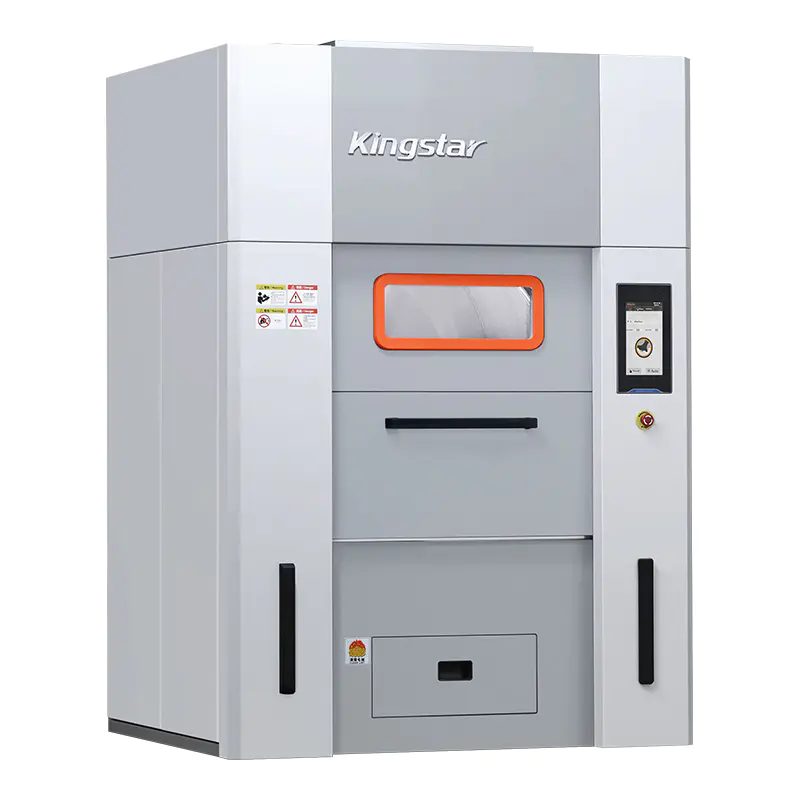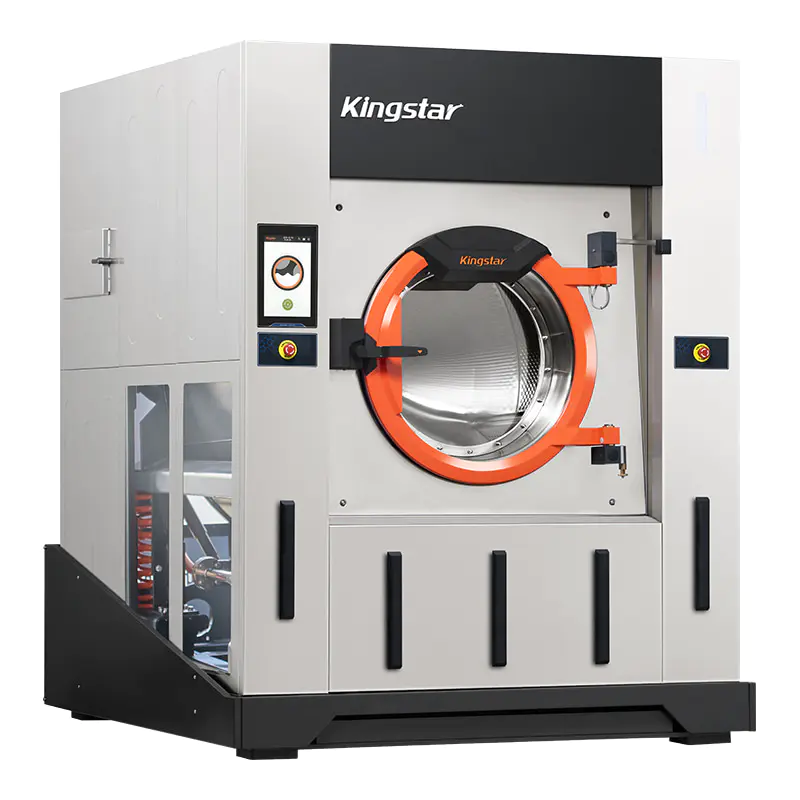
Is there any difference in the dehydration effect between automatic washing machines and semi-automatic washing machines?
Overview of dehydration principle
The dehydration principle of automatic washing machines and semi-automatic washing machines is roughly the same in basic mechanism. Both use centrifugal force to remove water from clothes by rotating the inner drum at high speed, so as to achieve the purpose of dehydration. However, there are differences in the structure, control method and workflow of these two devices, which in turn affect the stability, efficiency and operation experience of the dehydration effect.
Dehydration characteristics of automatic washing machines
Automatic washing machines adopt an integrated structure in design. Washing, rinsing and dehydration are all completed by one inner drum, and all processes are automatically controlled by programs. The dehydration program is generally started automatically after washing and rinsing, and the user does not need manual intervention. Its dehydration speed is relatively high, and the speed of some models can reach more than 1000 rpm, which is suitable for clothes of most materials. Since the whole process is completed in one drum, the clothes are placed more evenly, which helps to reduce the vibration of the drum body and improve the stability of dehydration.
Dehydration method of semi-automatic washing machines
Semi-automatic washing machines are usually equipped with two drums: one for washing and one for dehydration. After washing, users need to manually take the clothes out of the washing drum and put them into the dehydration drum, and then start the dehydration program separately. The dehydration barrel is small in size and the speed is usually lower than some automatic models, but because the dehydration barrel operates independently, the speed control is relatively simple and the startup speed is fast. Although some semi-automatic models have strong dehydration force, the operation is manual separation, and uneven distribution of clothes can easily cause the barrel to be eccentric, affecting the dehydration efficiency.
Comparison of dehydration and drying degree
In terms of the degree of dryness of clothes after dehydration, automatic washing machines usually perform more stably. Due to its built-in gravity sensor and clothing distribution detection function, it can adjust the speed according to the balance of clothes in the barrel, reducing the dehydration effect caused by the concentration of clothes. After the semi-automatic washing machine is manually put in the clothes, if the distribution is not even, it is easy to cause the machine to shake or stop automatically during the dehydration process due to unstable center of gravity, which may affect the overall degree of drying.
Convenience of use affects the dehydration experience
Automatic washing machines are more convenient in dehydration operation. Users only need to select the appropriate program to complete the entire washing process, including dehydration, with one click. In contrast, the dehydration of semi-automatic washing machines requires manual intervention and secondary movement of clothes, which increases the complexity and labor intensity of use. Especially for large items of clothing, such as quilts and bath towels, it is more laborious to carry them, which is not conducive to improving the overall dehydration experience.
Differences in clothing wear and care
The wear of clothing during the dehydration process is closely related to the rotation speed and barrel design. The inner barrel of an automatic washing machine generally adopts a soft design, and the risk of clothing damage is reduced by intelligently adjusting the rotation speed, which is suitable for more delicate fabrics. Semi-automatic washing machines are rough in operation during the dehydration process. If the clothes are not placed properly, they may be unevenly stressed when the barrel wall rotates at high speed, causing slight deformation or wrinkles, and the ability to protect the fabric is relatively limited.
Differences in applicable scenarios
In daily home use, automatic washing machines are more suitable for users who pursue time-saving and labor-saving, process automation, especially for families with a fast work pace and need to handle large quantities of clothing. Semi-automatic washing machines are commonly used in places with flexible water source requirements, limited budgets or small spaces, such as dormitories, rental houses or outdoor environments. For people who only need to wash a small amount of clothes occasionally, the dehydration function of semi-automatic washing machines is still practical.
Energy consumption and efficiency comparison
During the overall operation of an automatic washing machine, the overall energy consumption is relatively high because it has more sensors and program settings, especially when the power is significantly increased during high-speed dehydration. However, energy consumption can also be reasonably controlled in energy-saving mode. Although semi-automatic washing machines have a simple structure and low power, they require manual program switching and repeated handling of clothes, so the actual operation time may be longer and may not be more energy-efficient than automatic washing machines.
ADD:No.388 Xinggang Road, Chongchuan District, Nantong City, 226000, Jiangsu Province, China.
-
Phone: +86-13917089379
-
Tel:+86-13917089379
-
Fax:+86-0513-85663366
-
E-mail:[email protected]
